Problems with the foot vascular system are found in more than half of the planet. The biggest discomfort gives patients with phlebological varicose veins in their feet. Pathology is characterized by a decrease in blood vessel wall tone and the development of their lumen. As a result of the sagging of the veins, the reverse blood flow in the human body is disrupted. In what complications are the varicose veins needed and how to fight it properly, we understand under our material.
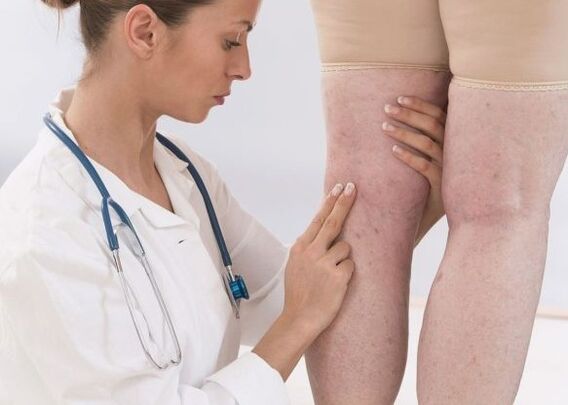
The common features and causes of varicose veins
Caps in the operation of the foot vascular system were originally formed against the inappropriate operating background of the vein valve. Here it is important to know that due to the strength of gravity, the blood of the heart flows freely to the lower limbs. In the opposite direction, blood flow moves under the influence of natural pressure, which produces healthy vessel walls. This wave is enough to overcome the strength of the world's attraction.
If the tone of the blood vessels is interrupted, then the body makes all possible efforts to push blood on the vessel. That is, to independently increase blood pressure (blood pressure). From such "efforts", the vein valve works worse, without closing their wings with every blow of the human heart. In this case, the blood is actively inserted from the deep veins into the shallow, which causes their additions to be completed.
The cause of varicose veins from the bottom of the foot is the following factor:
- Descendants (transmission of disease through a male or female line).
- Hormone damage to the background of the autoimmune process, pregnancy, childbirth or reproductive system disease.
- The type of activity that is inactive or otherwise, which is associated with long term on the feet.
- An inactive lifestyle.
- Overweight (obesity).
- Power training by lifting heavy from sitting or from jongs.
- Smoking and drinking alcohol.
- Long staying in the sun.
Symptoms and first signs
Symptoms of varicose veins can vary with one degree or another intensity depending on the general condition of the patient and at the level of the disease. Also, the pathology signs are not always clear. One of the most common features for varicose veins is a condition called the term "heavy foot". That is, wherever the pathology stage, the patient feels severe in the leg at the end of the work day or even in the morning after sleep.
Level I and II varicose level: signs and symptoms
The early stages of the foot vascular pathology are characterized by strange signs. So, at level 1, the following symptoms are observed:
- vascular pattern in the form of a star or a blink of an eye on the feet;
- swelling of the feet after wearing shoes as well as socks;
- night cramps in calf muscles;
- Fatigue and heavy on the feet.
In 2 stages of pathology, the patient forms the following symptoms:
- prolonged swelling of the veins walking with uncomfortable shoes or after prolonged standing;
- Visualization of enlarged vessels in the number of vessels;
- stand out and highlight the nodes in the veins;
- itchy in place of inflammation of the veins;
- redness of the skin.
III and IV Varicose veins
Progressive varicose veins have been characterized by signs of complications. The picture looks as follows:
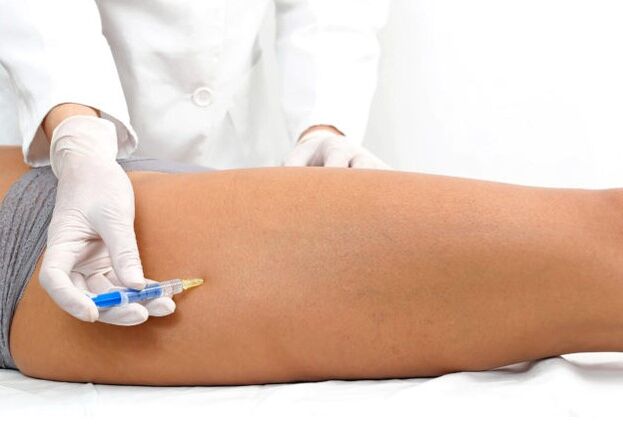
- Stage 3. Against the background of the symptoms above the patient, accompanying the swelling of the legs nearly. It can sometimes fall in the morning.
- Stage 4. Patients in skin redness begin with the onset of ulcerative formation. The future trophic ulcer is covered with whiteness, as if lacquered plaque. During his injury, trophic ulcers were opened, which melted almost constantly. This condition is dangerous where ulcers can be infected a second time, leading to inflammatory site suppuration.
When to see a doctor, and what
At the first symptom of the early stages of varicose veins, you should contact a phlebologist. This doctor is involved in the blood vessels. If there is no doctor in your clinic, you can consult an angiosurgeon or just a surgeon. It should be noted that in the early stages to stop the process of developing varicose veins with conservative methods is very possible. Competent treatment and compliance with all your doctor's prescription will allow you to feel light on the feet again.
Diagnostics
For competent and effective treatment of varicose veins in the feet, you need to initially make the right diagnosis. That is, to identify the level of vascular problems. For diagnosis of vein pathology, the following methods are used:
- Visual examination of the patient's foot with the compulsory palpation of the vessel.
- Ultrasonic dopplerometry or floometry, which allows doctors to estimate blood velocity on vessels and the number of veins.
- Scanning the ships. It also allows you to evaluate the state of the valve and veins itself.
- Thermography. In this case, infrared radiation is used for diagnosis.
- Echosclerotherapy. The essence of the methodology is the introduction of sclerosing materials in small doses and further inspection of the vessel for inflamed areas.
- Flebography is a computer. This technique has a standard MRI principle.
- Fleboscintigraphy. Here, experts use special radionuclides to study the lymph and vein systems.
Lower lower leg treatment method
Drug therapy
You can treat varicose veins in the early stages with the help of medication. And quite effective. The type and name of the drug is selected depending on the severity of the patient's condition.
For external (local) use, phlebologists may prescribe drugs in the form of gels, creams or ointments.
Also, for oral administration, anticoagulant preparations are prescribed, which successfully thin the blood and prevent the formation of blood clots.
Against the background of therapy, patients are prescribed for the treatment of varicose veins that support the functioning of the vascular system and blood circulation. Therefore, these drugs and additives are indicated:
- Vitamins. In particular, Vitamin C and Vitamin Vitamin V.
- Ointment is an anti -Anti -anti -inflammatory. Perfectly remove the inflammation process and reduce skin redness.
- Angioprotectors. Provide to improve vein tone and reduce capillary permeability.
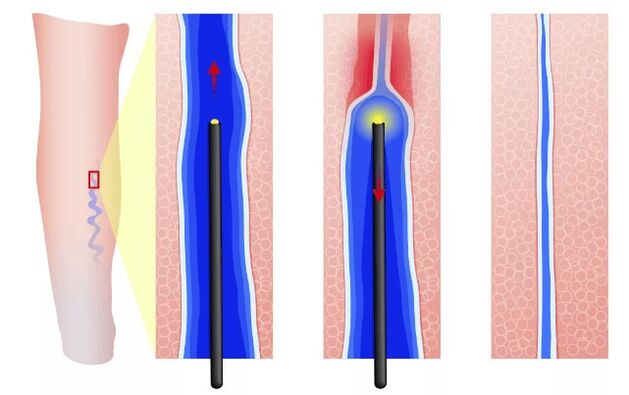
Treatment of varicose vein surgery with a slightly invasive and full surgical method
At stage 3-4 varicose veins, surgery is shown to eliminate patients with vessels that interfere with normal blood flow. Depending on the patient's initial condition, one of the minimal invasive techniques or full surgical intervention can be used.
Sclerotherapy
This non -surgical procedure consists of introducing a special sclerosantias (phlebosclerosis) into the vein lumen. Their basis is alcohol. As a rule, all of these drugs are intended strictly for intravenous administration by injection. Such materials cause the destruction of the general endothelial layer (internal) of the vessel and further narrowing (sclerosis). As a result, the lumen of the ship is either reduced or completely glued.
Often, doctors use the drug:
- Soap fatty acids and salts. These are Vacoricide, Sylpisole, Sotradikol, Thrombovar or Varicosan.
- Cell poison. This is quinin with urettan, 1-5 %skilled solution, vistaril, etc.
- Hypertonic compounds eliminate vein intimacy. Sodium salicylate solution is 20-40 %, sodium bromide 30 %, 24 %sodium chloride.
- Organic Cauterizing solution. Ethyl alcohol, 66 %glucose solution or dextrose.
A combination of phlebectomy
Such surgical intervention techniques indicate the use of several techniques at the same time. But first, the patient in a vertical position indicates the existence of all the inflamed veins to be removed. The marking is carried out under the control of the ultrasound of the foot.
With complex phlebectomy, the following surgical intervention stage is used:
- Crossectomy. Otherwise, the procedure is called the intersection of dressing and parallel to small and/or large subcutaneous veins. The clothing is carried out in the sauce zone with a deep foot vessel. Crossectomy is done through cuts formed in the inguinal folding area. The length is 3-5 cm. Then the surgeon recorded a large subcutaneous vein until it fell into the femoral, and pulled Veins-spouts. BPV Stems (large subcutaneous veins) intersect. Only the stump remains about 5 mm. Later, from the inguinal section, the surgeon carried out the following stages of operation - stripping.
- Stripping. Or, if not, removal of large or small subcutaneous veins. It is done through two endoscopic pieces located on both edges of the inflamed veins. In this case, an inguinal cut already exists. Through it, a special investigation was introduced into the sick vessel cavity, which had a special thick olive with sophisticated at the end. The investigation moves to the end of the infront and sewn there. Then the surgeon pulled the sick ship, as if to turn it inside. In parallel, olive cutting cuts the veins from the surrounding fabric and capillaries. The method of removal of the pain vein is the most reliable, but at the same time very traumatic, as the ship around the fabric suffered.
- Dissolution (dress) Perforant veins. In this case, the surgeon simply binds the perforant vein through a small wound on the skin of 1-2 cm.
- Miniflebectomy. Methods of removing varicose veins (small areas) and varicose nodes through small endoscopic parts. It is done if there is no need to remove large or small subcutaneous veins.
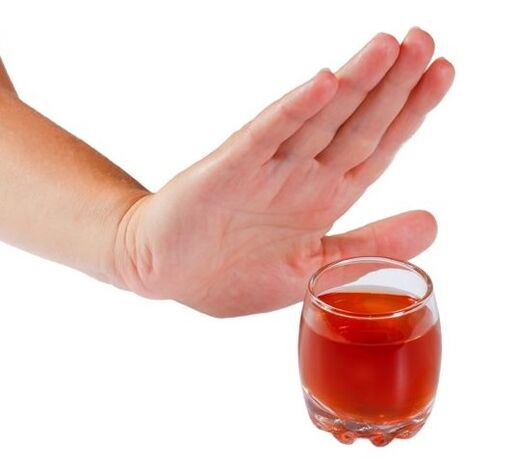
Conservative treatment
A diet in the treatment of varicose veins
To significantly improve the blood vessel wall and dilute the blood, you need to reconsider your diet. You should reject the product:
- Alcohol in any form
- A dish of fat and smoke,
- The bomb is over,
- Oil is fine fat.
To improve the condition of the veins, you can and should eat the product:
- Onions are turned on
- darling,
- grape
- tomato,
- Fruits and berries for the season.
Drinking regime abound at 30 ml of water per 1 kg of patient weight is also indicated.
The refusal of smoking
It is important to understand that smoking contributes to the formation of blood clots and significantly violates blood clots. At the same time, not only the blood components, but also the blood vessel walls suffer. Their elasticity is significantly reduced, which is not played in the hands of patients with varicose veins. Therefore, in order not to aggravate the situation, it is necessary to leave a destructive habit as soon as possible.
Compression underwear (socks, golf, tight)
Compression knitwear is one of the most effective ways to prevent further development of varicose veins. Such linens (golf, socks and tights) evenly distribute blood flow intensity towards the heart. As a result, the load on the vessel wall is significantly reduced, and the lumen of the patient with the veins is returned to a relatively normal state. It is important to understand that the compression formulas embedded in knitwear repeat the load that can be formed by the calf muscles during intense foot movement. That is, the blood in the lower veins does not change even with an inactive lifestyle. At the same time, all compression pants in terms of compression intensity are classified into 4 types:
- Preventive knitwear. It has a compression level of 10 to 18 mm Hg. Art. It is shown to wear people with a genetic tendency to varicose veins.
- The first class of knitwear. The compression level in this case is 18-22 mm Hg. Art. It is used in the early stages of varicose veins and for the prevention of varicose veins with enhanced physical improvement by lifting weight or overweight.
- The second class of knitwear. Compression level - 23-32 mm Hg. The linen is indicated for thrombophlebitis or for varicose veins, formed against the background of the surgery.
- The third class of knitwear. Compression here is 33-46 mm Hg. Art. Indicated by vein thrombosis in or after surgery.
- Fourth grade. Elastic linen has a compression level of 49 mm Hg. Art. Such knitwear is worn in the form of severe thrombosis or with lymphostasis to increase lymphatic drainage.
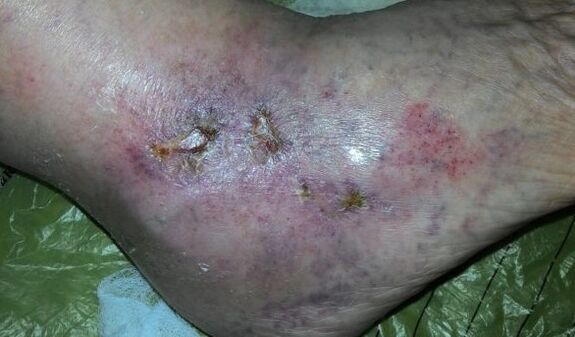
People's methods treat varicose veins
If the varicose veins do not provide complications and pathological treatment are only medications, then it can be used as a therapy and folk method. In addition, you can use both compresses and tinctures for oral use. Below, consider the most popular variants of varicose vein treatment.
Herbal Payments and Tinctures
To use homeopathy, you can use herbs and grow -like such as:
- Chestnut. Tincture is provided from it. Pour 10 g. Chestnut fruits are crushed 100 ml of vodka. Everyone is placed in a glass container and insists for about 10 days in a dark place. The mix is periodically shaken. After the deadline, the agent is filled and taken 15-20 drops a day before meals (in the morning and evening).
- Celandine. The bandage is washed in plant juice and is used in compress. The bandage is set for 4 hours, then washed with warm water. The course of therapy is a week. After that, rest for 10 days and repeat the treatment. The complex is the three courses.
- Ferns. Here they take sour milk (3 tablespoons of canteen) and dried grass (3 tablespoons of dining room). Everything is mixed and distributed according to the gauze. This bandage is used for sore feet and is prescribed with a three -hour bandage. This treatment technique is best used in the evening before bedtime.
- Chamomile pharmacy. The stew is made from plants (2 tablespoons of grass is placed on a glass of boiling water). After that, the product was kept for 30-40 minutes and pzhed. The finished infusion is used as a liquid to compress. Chamomile removes vascular stars and the same pattern well.
Conclusion
Keep in mind that varicose veins - pathology cannot be restored. Therefore, it is advisable now to consider foot health and basically change your lifestyle. Remember, the health of your feet depends only on you. Especially if there is a tendency for pathological development.
